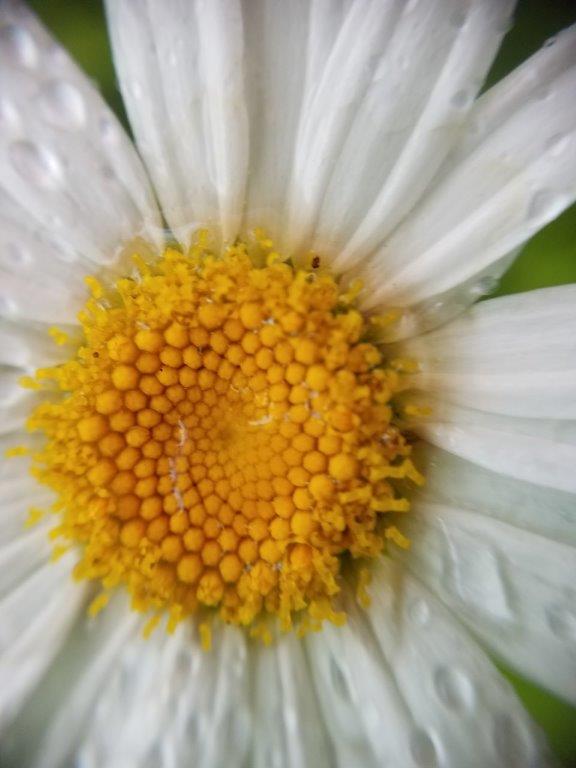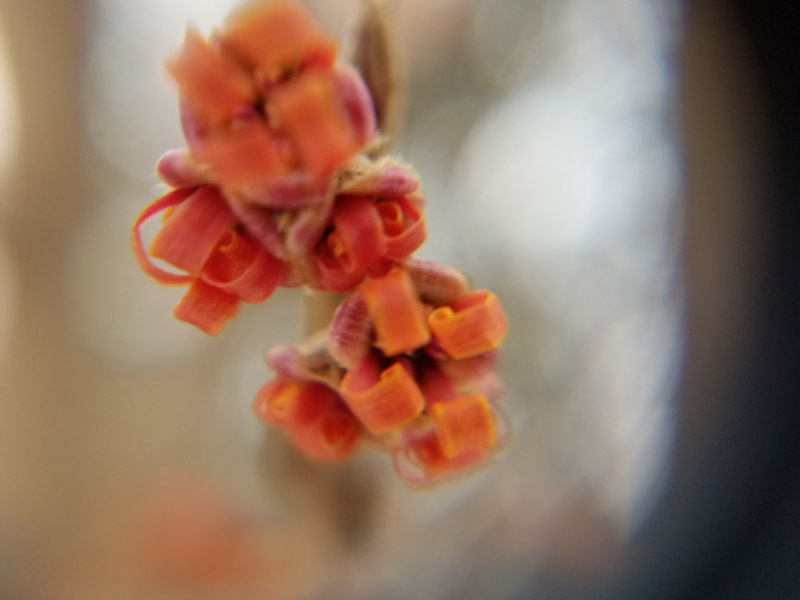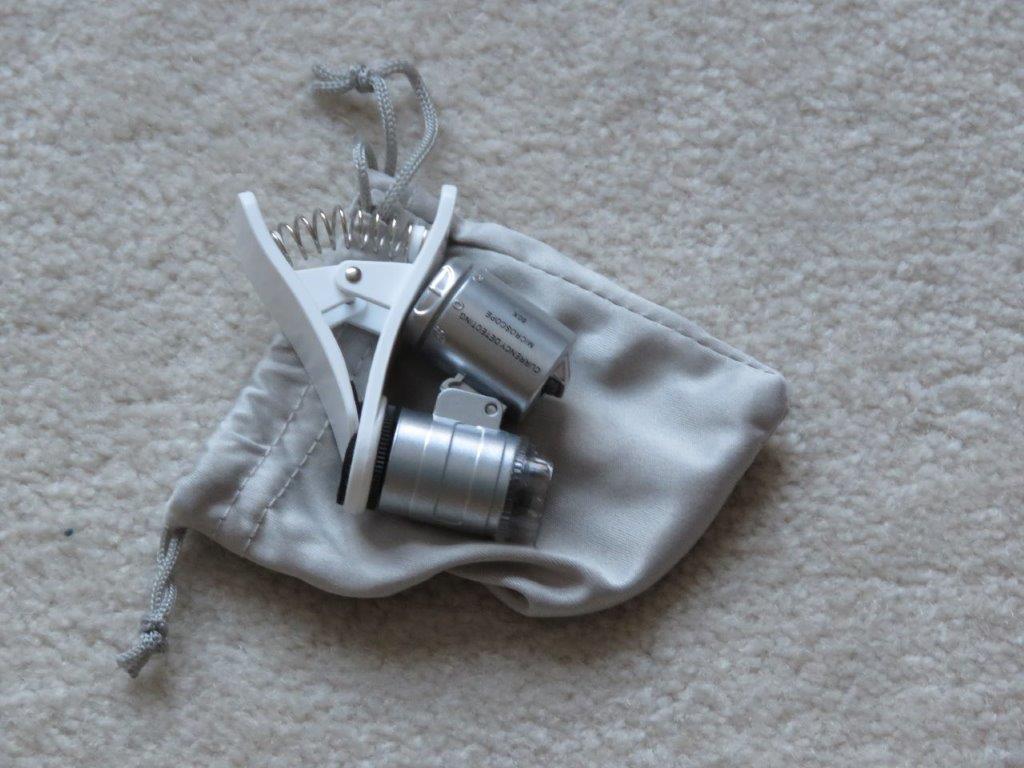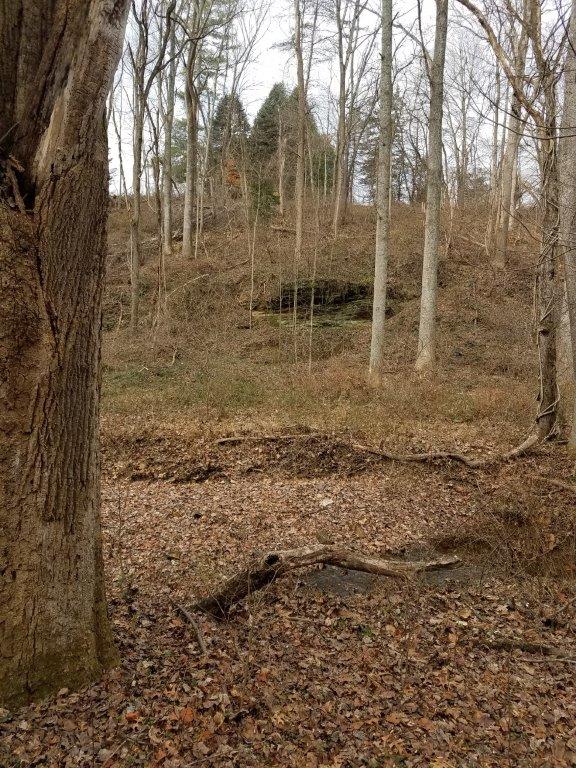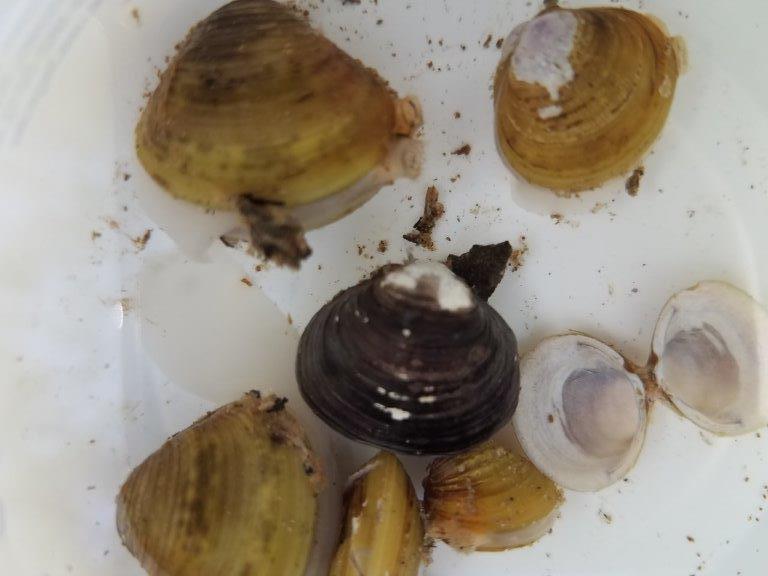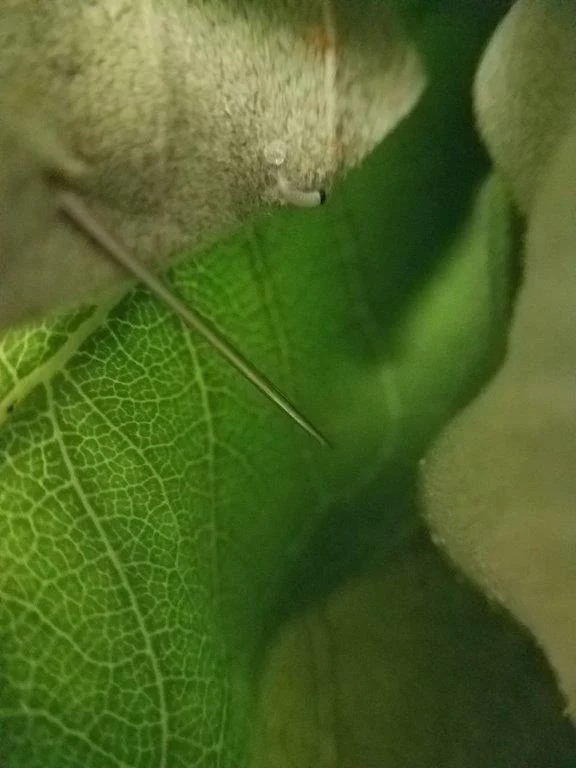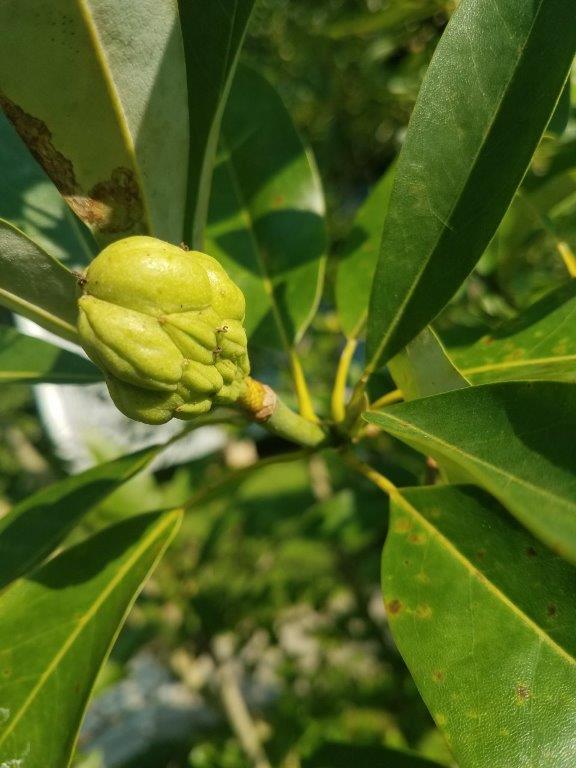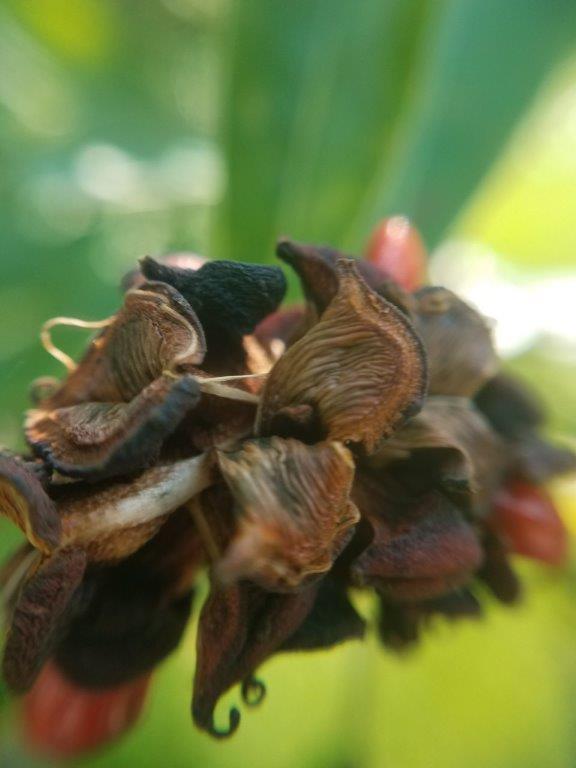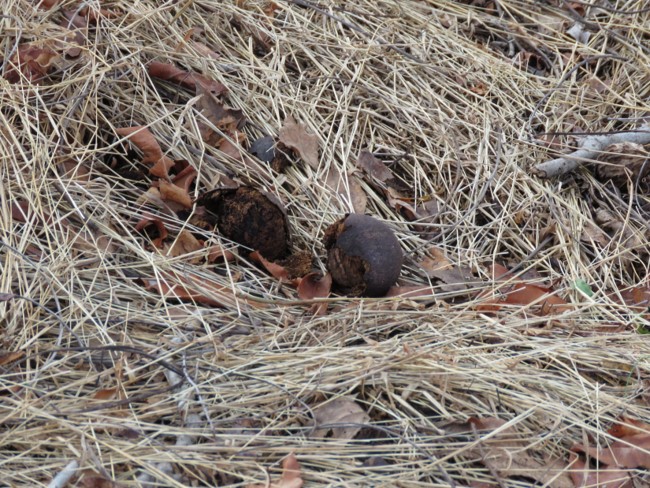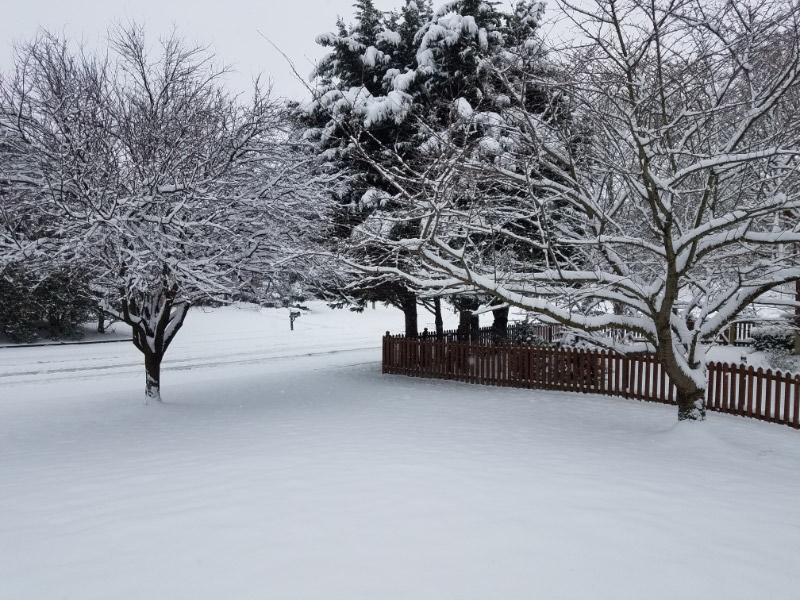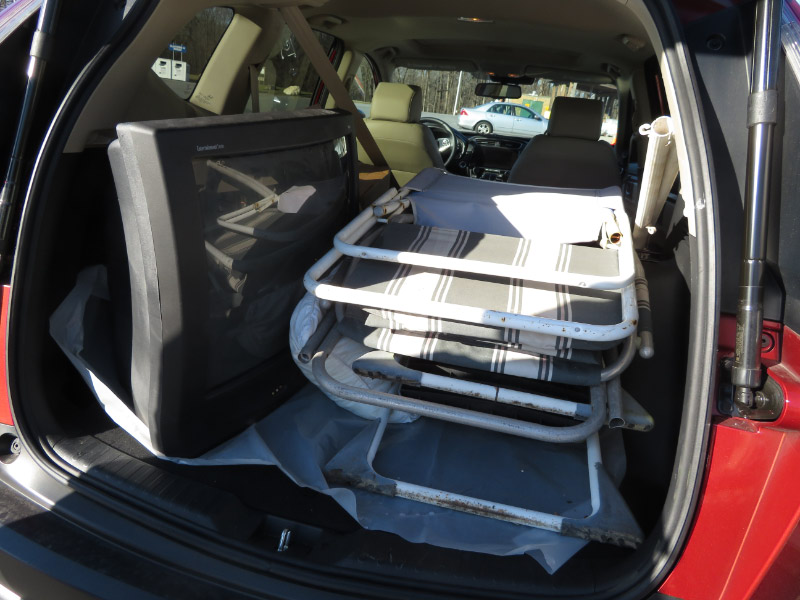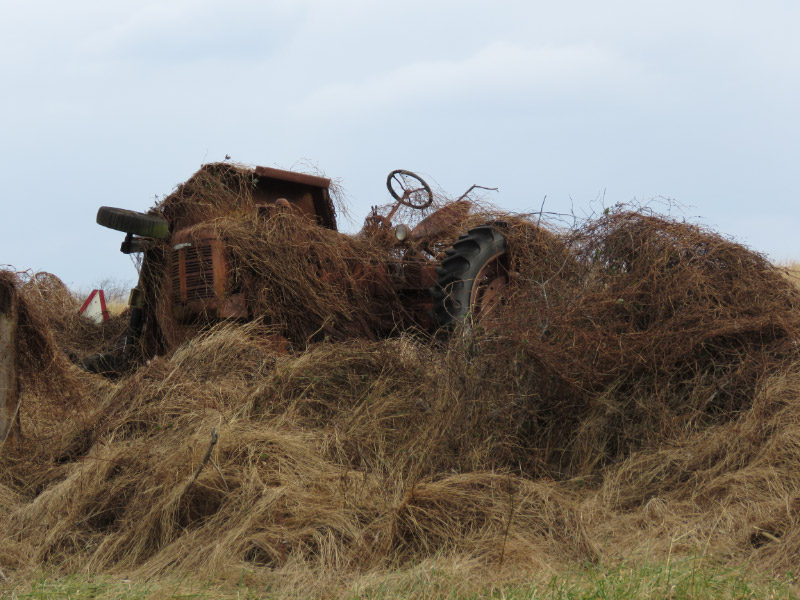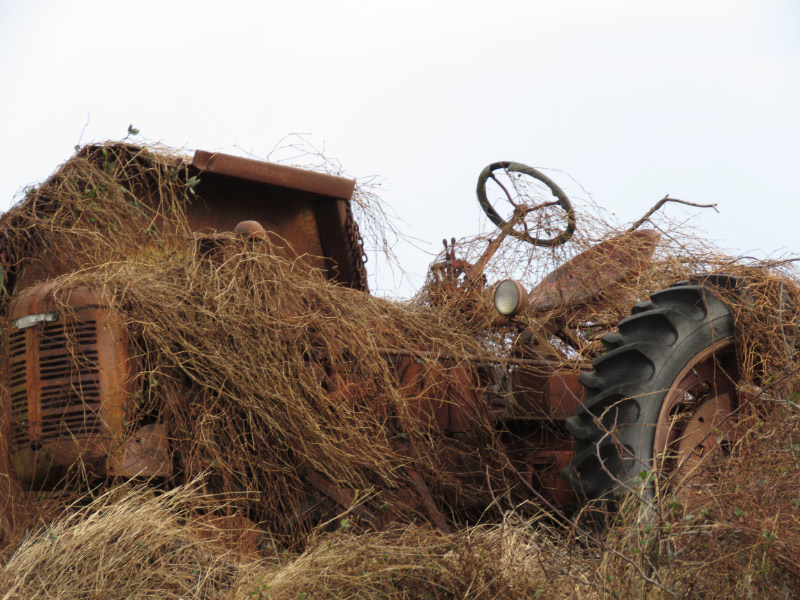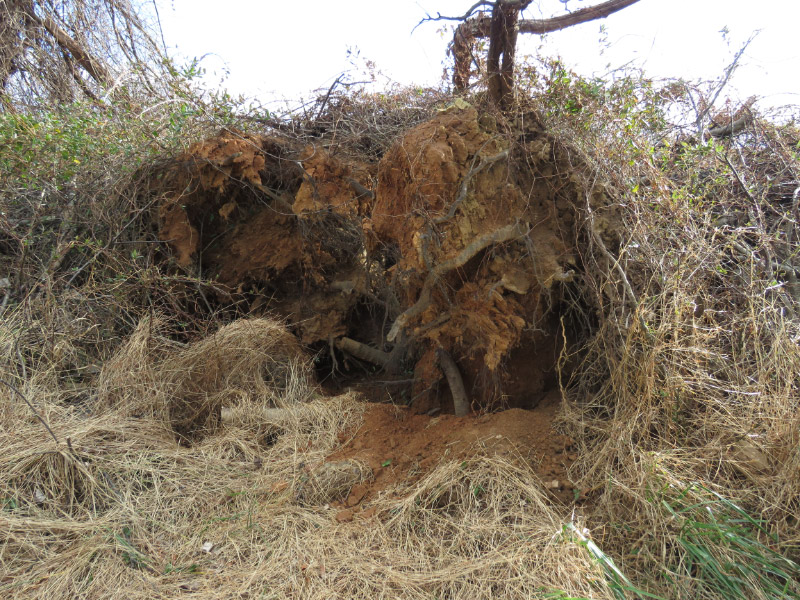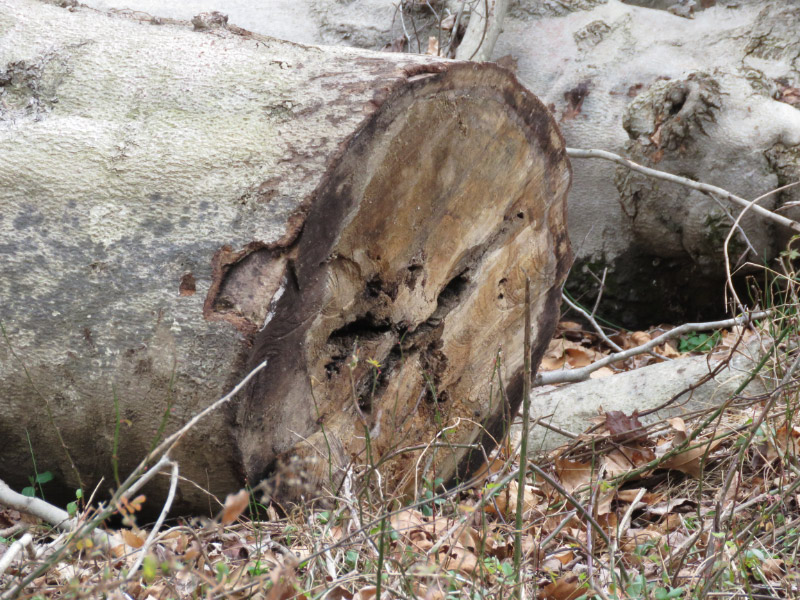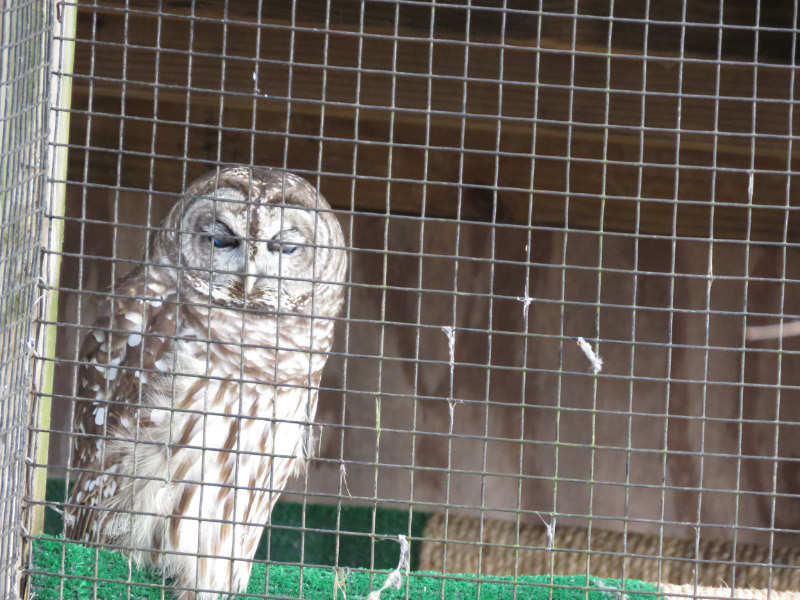Ten Little Celebrations – January 2019
/As usual – it is easy for me to find little celebrations every day…and here are the top 10 for January 2019.
Getting rid of ‘stuff’ – My husband and I celebrated taking two loads of ‘stuff’ to the landfill (trash and recycling) and donation. I feel like we are finally making progress in getting rid of things we no longer need. We managed to fix 4 floor lamps that we thought were broken…just before we were set to take them to the landfill.
Wedding anniversary – My husband and I usually have a quiet celebration when our wedding anniversary comes around just after Christmas and the beginning of the year. We’re always pleased with ourselves for becoming long-time marrieds….but realize that it has been easier for us than it is for so many others.
A morning hike at Mt. Pleasant – It was muddy but otherwise an excellent day for a winter hike. I enjoyed getting outdoors.
New hiking boots – I celebrated getting new hiking boots. The lining of my 4-year-old boots was tearing. I bought the same brand (Merrell) but waterproof and a little wider to leave more room for bunions and thick socks.
No cavities – I went to the dentist for a checkup and celebrated ‘no cavities’ or anything else that required follow-up! It’s been that way for the past few appointments…and I’m glad my teeth seem to be OK and stable.
Anticipating Zentangle class – I registered for a Zentangle class scheduled for late March and started working through the pre-work….what a joy and worth celebrating both the tiles I am creating now and the anticipation of a great experience in the class.
Walking in snow at Belmont – I celebrated the beauty of snow on the landscape….and that my boots didn’t leak!
Witch hazel blooming – What a thrill to find the burst of color in the browns, dark greens, and whites of a winter day! I like that the petals are like little streams as well…. appropriate for a celebration.
Peppermint snow ice cream – Yum! Yes, I was very cold after I ate it but is was well worth it…celebration-worthy food!
Macro photograph collection – I celebrated the macro photographs I’d made over the past year or so as I prepared charts for a presentation. I have enjoyed the clip on macro lens more than any other photography accessory!






